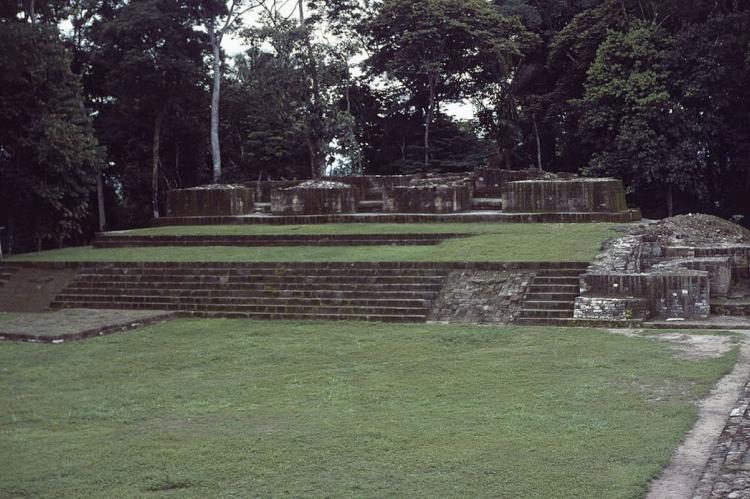Archaeological Park and Ruins of Quiriguá: A Mayan Marvel Preserved in Stone
Nestled in the lush landscapes of southeastern Guatemala, the Archaeological Park and Ruins of Quiriguá stand as a testament to the grandeur of Mayan civilization. Located along the lower Motagua River, this World Heritage site is an archaeological treasure trove that unfolds the mysteries of an ancient city.
Archaeological Park and Ruins of Quiriguá
A Mayan Marvel Preserved in Stone
Nestled in the lush landscapes of the Department of Izabal in southeastern Guatemala, the Archaeological Park and Ruins of Quiriguá stand as a testament to the grandeur of Mayan civilization. Encompassing approximately 34 hectares (84 acres) along the lower Motagua River, this World Heritage site is a captivating archaeological treasure trove that unfolds the mysteries of an ancient city.
Historical Legacy
Since the 2nd century AD, Quiriguá evolved into the capital of a thriving and autonomous state. Positioned at the crossroads of vital trade routes, it flourished between 426 and 810 AD, leaving a legacy of architectural splendor. The city's significance is underscored by its strategic location and the juncture of trade routes that contributed to its prosperity.
Architectural Splendor
The ruins of Quiriguá showcase a remarkable array of 8th-century monuments, intricately carved stelae, and sculpted calendars. The city underwent a comprehensive transformation, emerging as a royal residence and administrative hub. The remnants of dwellings from 200 to 900 AD add layers to the historical narrative, but the monuments from the 8th century elevate Quiriguá to global acclaim.
Great Plaza, a Marvelous Hub
At the heart of Quiriguá lies the Great Plaza, an expansive public space that stands as the largest in the Maya region. The complex intertwining of the Great Plaza with the Ceremonial Plaza and the Plaza of the Temple reveals the city's architectural prowess. The intricate network of pyramids, terraces, and staircases not only reshaped the natural terrain but also attests to the sophistication of Mayan engineering.
Monolithic Masterpieces
The crowning glory of Quiriguá is its collection of monolithic stone monuments known as stelae. These stelae are carved from sandstone without metal tools and serve as the city's storytellers. Rich hieroglyphic texts adorn these monuments, narrating tales of significant calendar dates, celestial phenomena, Maya mythology, political events, and the city's social fabric. The meticulous inscriptions provide a chronological legacy of Quiriguá's rise and fall, spanning 426 to 810 AD.
Mayan Calendar Chronicles
Notably, Quiriguá stands out as one of only two cities that erected monuments regularly to mark the end of five-year periods. This unique aspect adds a layer of significance to its historical contributions, making it a pivotal source for reconstructing parts of Mayan history.
Legacy and Mystery
Despite its brief period of erecting stelae, Quiriguá left an indelible mark on the archaeological landscape. The remnants of this Mayan marvel unravel the mysteries of a bygone era, offering a glimpse into the cultural, political, and social dimensions of Quiriguá. Preserved in stone, this archaeological gem invites modern-day explorers to follow an ancient civilization's footsteps and decipher the enigmatic stories etched into the heart of Guatemala.





